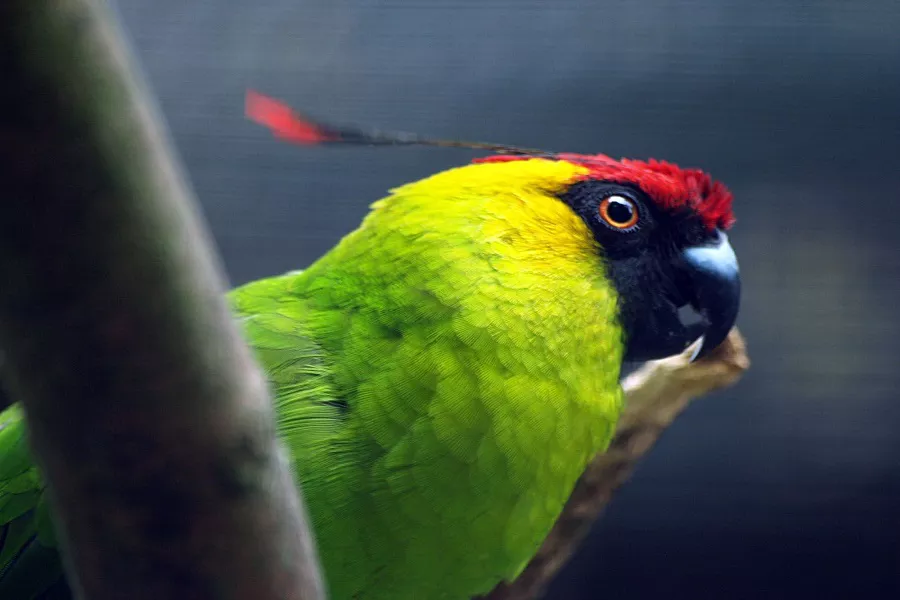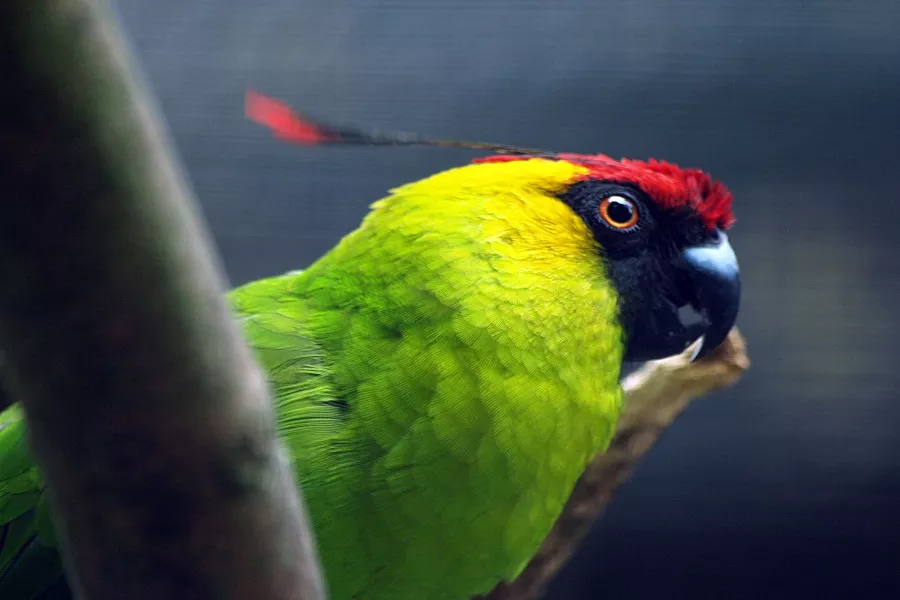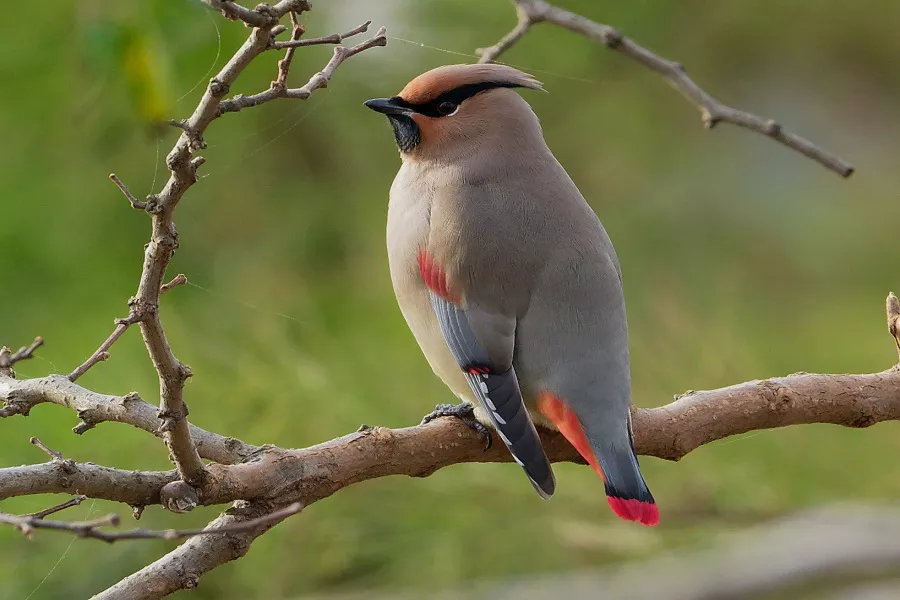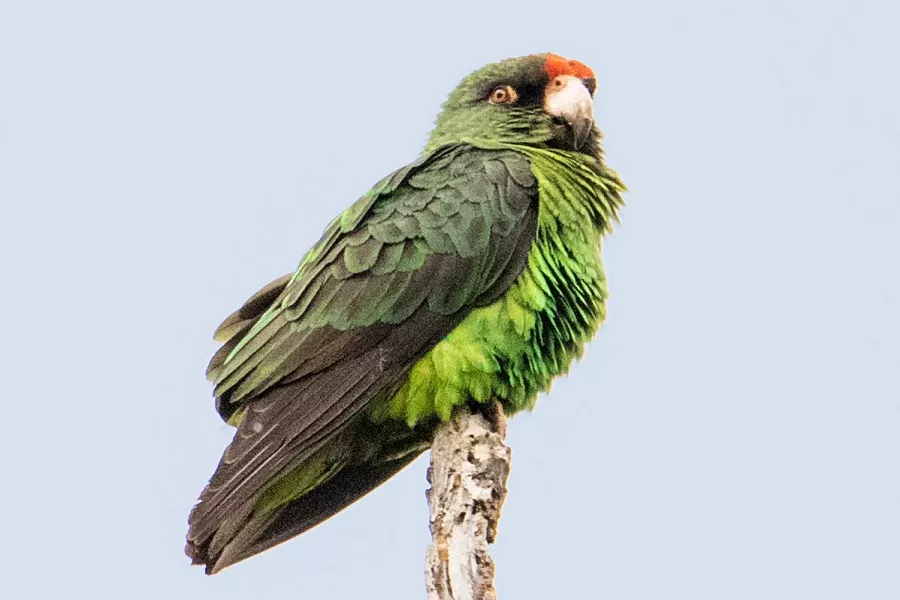What is horned parakeet?
Horned parakeet (scientific name: Eunymphicus cornutus) is a very rare and expensive bird species. It is a typical climbing bird, with anti-toed feet, two toes forward and two toes backward, suitable for grasping, strong and powerful beak, can eat hard shells fruit. The feathers are bright in color and handsome in appearance. The body feathers are mainly green, the back is yellow, and there are two unique quills on the top of the red forehead. The main food is fruits, berries, seeds, nuts, flowers and plant sprouts. Native to New Zealand, distributed in the French overseas territory – New Caledonia. Very low prevalence around the world.
What does a horned parakeet look like?
The cockatoo is 32 cm long and weighs 140 grams. Parrots belong to the large-bodied species, and are very rare and expensive bird species. The body feathers are mainly green, the forehead is bright red, and there are two unique quills on the top of the red forehead. Black feathers grow on the red crest, and the feather tips are red. The cheeks are orange-yellow, the sides are black, the lower part of the cheeks are dark-green, and the nape and upper back are bright orange-yellow, green or yellow-green. The rump is green-orange, and the wing coverts are green. The first class flight feathers have purple-blue external threads and black internal threads. Secondary flight feathers have dark outer edges and green undersides. The underparts show a pale yellow-green hue. The coverts are slightly bluish in color. The tip of the tail is a strong penetration of green and blue, and the lower part is dark gray. The beak is grey-blue with a black tip and black claws.
Male and female are similar. The sub-adults are grey and underdeveloped. The ear coverts are pale green, and the back of the neck is olive green. Iris brown.
horned parakeet living habits
During the non-breeding period, they tend to forage or move in small groups of a dozen or so, resting in the canopy or tree hole. They have started to move an hour before dawn. Before flying, the cockatoo tilts its head repeatedly. Several times, Lin Liyu screamed intermittently. Likes to move back and forth in the trees and shrubs, moves quickly and alertly, and is not easy to observe and make research records. Eating on bushes and trees, almost entirely vegetarian, eats flowers, nuts, fruit, berries and seeds, also prefers ripe papaya.
horned parakeet rearing
1. Although parrots are good at learning human languages, not all parrots can speak.
2. Most parrots are mild-mannered and approachable; this is not absolute. Each little cute has a different personality, and the closeness to people will also vary depending on the “bird”. You must know that not all parrots will have relatives when they grow up.
3. A parrot‘s barking is proportional to its body size. For example, a medium-sized parrot’s barking can reach the level of a dog‘s barking. Of course, this problem can be solved through later training;
4. Parrots are curious babies, they will bite anything they see, and their biting power should not be underestimated;
5. Under normal feeding conditions, parrots may defecate at any time and anywhere, no matter where they are; however, their feces have no odor.


























